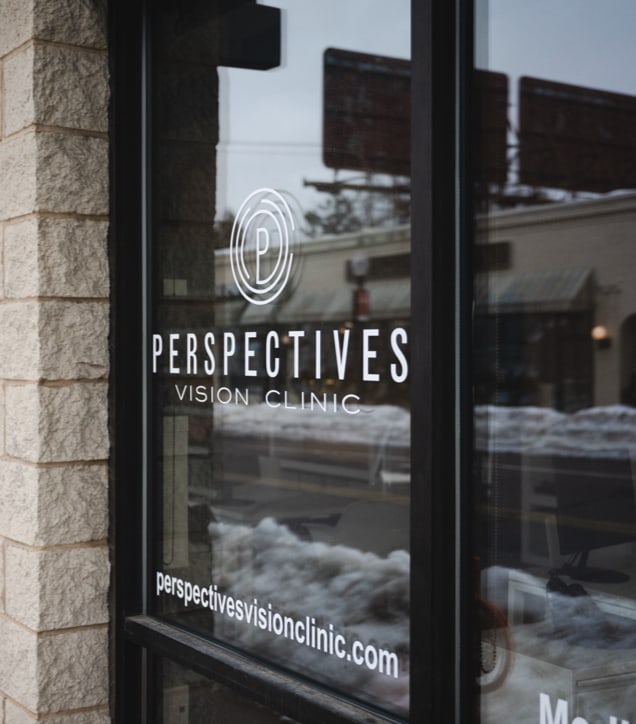Diabetes can significantly impact your eyes, increasing your risk of a variety of eye diseases. Those eye diseases can be hard to ignore when they cause dryness and pain.
Diabetes is well known for causing eye issues. But did you know that more than half of all diabetics suffer from dry eyes? Dry eye syndrome is a common complication of diabetes, both type 1 and type 2, due to the high blood sugar levels.
Diabetic eye exams are one of the best ways to manage your ocular health if you have diabetes.
What Is Dry Eye?
Throughout the day, your eyes produce tears. Dry eye happens when your eyes lack the tears they need to stay moisturized and healthy. A healthy tear film is made up of 3 layers:
- A mucus layer
- An oil layer
- A water layer
Your eyes can’t function properly unless healthy tears are produced. If there are any issues with any of these layers, whether quality or quantity, it can cause problems.
When your eyes don’t produce enough tears, it can cause eye irritation as well as a number of other eye symptoms, including:
- Eye redness
- Feeling like something is in your eye
- Light sensitivity
- Stringy mucus in or around the eyes
- Watery eyes
- A stinging, burning, scratching sensation
- Blurry vision
- Eye fatigue
In many cases, the surface of the eye becomes inflamed; if not treated, this can result in pain, ulcers, scarring, and possibly loss of some vision.
How Does Diabetes Cause Dry Eyes?
Diabetes affects how your body uses insulin, a hormone that regulates blood sugar. This causes your blood sugar to rise because your body either doesn’t produce enough insulin or doesn’t use it properly.
Chronically high blood sugar levels can cause nerve damage to the delicate nerves that support the ocular structures, resulting in poor tear quality and decreased tear production. This can result in the onset of dry eye syndrome.
Additionally, high blood sugar levels can cause inflammation throughout your body. This inflammation impairs the function of your lacrimal glands, which are the glands in your eyes that produce tears.
Fortunately, controlling your blood sugar and keeping it within a healthy range can reduce your chances of developing dry eye syndrome.
How to Treat Dry Eye Disease
There are no significant differences in dry eye treatment for people with and without diabetes. Your doctor may emphasize the importance of keeping blood sugar levels within a safe range to avoid potential complications such as eye problems.
The treatment for dry eyes will be determined by the severity of your symptoms as well as your overall diabetes management plan.
You may also have to accommodate medications used to treat other medical conditions that may be contributing to your dry eye.
Artificial Tears
Your eye doctor may advise you to use artificial tears while working to keep your blood sugar levels under control.
Tear Stimulating Medications
Cholinergic medications aid in increasing tear production. These medications come in the form of pills, gels, or eye drops.
Antibiotics
Antibiotics can help reduce inflammation in your eyelids and increase tear production. Oral antibiotics or antibiotic eye drops may be prescribed by your doctor.
Home Remedies for Dry Eye

If you’re looking for additional things you can do to help alleviate your symptoms at home, you can try:
- Increasing your intake of omega-3 fatty acids
- Applying a warm compress to your eyes
- Massaging the eyelids
- Remembering to blink more often, especially when reading or using a computer
- Increasing your home’s humidity
- Drinking plenty of water
- Taking regular breaks from your computer screen
- If your make-up is causing eye irritation, try switching to hypoallergenic products
- If you smoke, quit, and keep in mind that second-hand smoke can also irritate the eyes
- Because stress has been linked to dry eyes, take some time to pamper yourself, you deserve it!
Controlling your blood glucose levels is also important for avoiding or delaying long-term complications and vision loss.
Ask Your Optometrist for Help
High blood sugar levels can make it difficult for your eyes to produce sufficient tears. If you have type 1 or type 2 diabetes, this can lead to chronic dry eye.
The best way to treat dry eyes caused by diabetes is to team up with your doctor to develop a treatment plan that keeps your blood sugar levels under control. While you work with your healthcare professional to control your diabetes, artificial tears and prescription eye drops can help relieve symptoms.
If you have questions about your dry eye disease and need help managing the symptoms, book an appointment with us. We would love to work with you to ensure that your eyes are happy and healthy.










